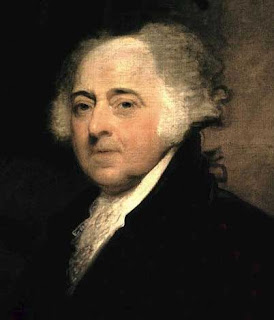- Chess is an ancient game which dates back to 6th century India and Persia, where it was known as chatrang. The English word Chess derives from the Persian word for king, Shah. Check, as in check-mate, derives from the same source.
- The rules haven't always stayed the same. They've been modified several times since 1200 to make it into the game we know today. The Queen was originally a vizier, but by 1475 had become the most powerful piece on the board (people of the time referred to the new version of the game as "mad queen chess"). At about the same time, pawns gained the ability to move two squares on their first move, and castling was introduced. It is only since the 19th century that the convention that white moves first has been observed. Modern rules they'd never have guessed at back then include drug testing (chess is considered a sport) and disqualification if your mobile phone rings during a game.
- The longest game of chess in a tournament lasted for 269 moves, which took 20 hours and 15 minutes. It ended in a draw. The longest game possible, according to theorists, would last 5,949 moves. There was once a game which lasted four months when Garry Kasparov, the chess grandmaster, challenged the world, or 75 countries, anyway, to a game. The world's move was decided by a majority vote. It only lasted 69 turns, however. At that point 51% of the world voted to give up.
- In mathematical terms, there are more possible games of chess than there are atoms in the universe.
- The word "gambit" is a specific chess term meaning to sacrifice for advantage, which has found its way into everyday language.
- Today we refer to pawns in terms of their position on the board, but in times gone by they were given names based on commoners' occupations: City guard (policeman), doctor, innkeeper, merchant/moneychanger, weaver/clerk, blacksmith (usually the knight's pawn, to take care of the horses), farmer and in the far left, the "sinister" position, a gambler or lowlife.
- The rows on a chessboard are called ranks and the columns are called files.
- The folding chess board was invented by a priest. Clergy were forbidden by the church to play chess, but one sneaky priest still wanted to play, so he invented a board that would fold up so it would appear that he was carrying books.
- The most expensive chess set in the world is the Jewel Royale set which is valued at over $9.8 million. It was made in Britain by the Royale Jewel Company. It's made of gold and platinum and is decorated with diamonds, emeralds, rubies, saphhires and pearls.
- We've all heard of computers that play chess against humans, such as Deep Blue, but the first chess playing "machine" was invented in the 18th century by Wolfgang von Kempelon. It took people 84 years to realise that there was a person sitting inside it. The Wizard of Oz of chess!
NEW!
Golden Thread
Terry Kennedy is inexplicably and inexorably drawn to the small town of Fiveswood as a place to live and work after university. He is sure he has never visited the town before, but when he arrives there, it seems oddly familiar.
Fiveswood has a rich and intriguing history. Local legends speak of giants, angels, wolves, a local Robin Hood, but most of all, a knight in golden armour. Fiveswood's history also has a dark side - mysterious deaths blamed on the plague, a ghostly black panther, and a landslide which buried the smugglers' caves.
Terry buys an apartment in The Heights, a house which has been empty for decades, since the previous owner disappeared. Now he has finally been declared dead, developers have moved in and turned it into six flats. Terry has the odd feeling he has lived in this enigmatic house before. But that is not all. Since childhood, Terry has had recurring, disturbing dreams which have been increasing in frequency so that now, he has them almost every night. To his dismay, the people from his nightmares are his new neighbours.
Except, that is, for Eleanor Millbrook. She is refreshingly unfamiliar. After Terry saves her from a mysterious attacker, they become close. However, Terry's nightmares encroach more and more on his waking life, until they lead him to a devastating discovery about who he really is.
Available on Amazon:
Available on Amazon:
Paperback
Kindle










